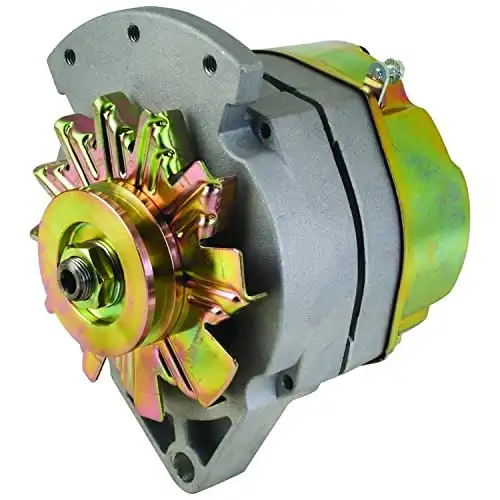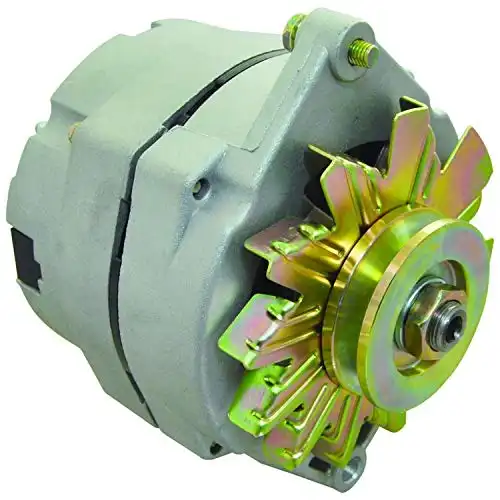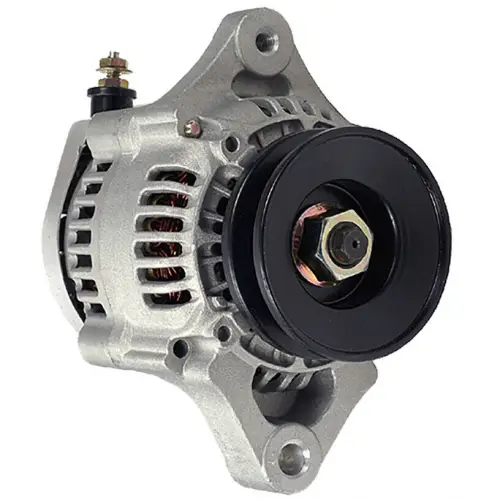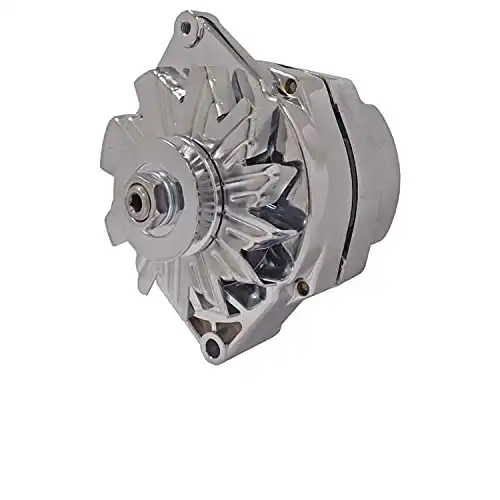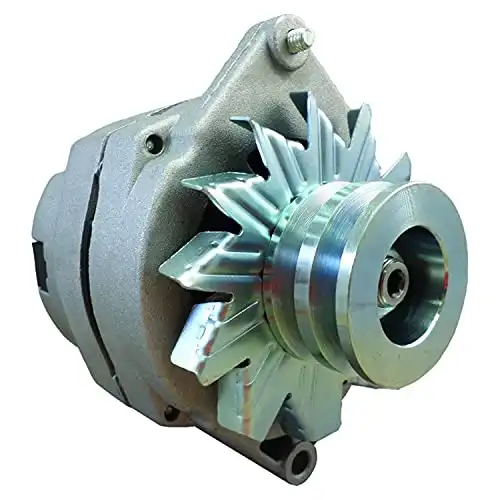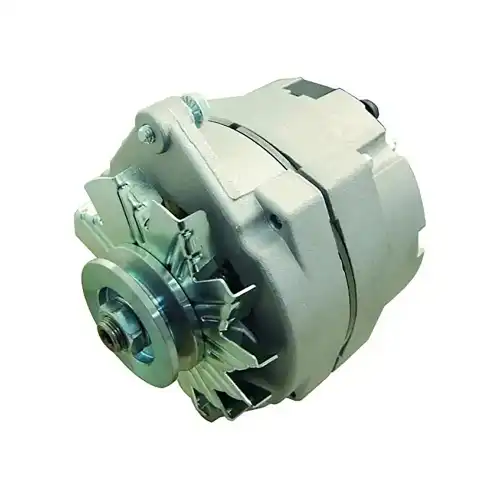Best Selling 1 Wire gm Alternator for Kubota and John Deere
The john deere and kubota alternator are rightfully considered one of the most reliable and trouble-free electrical components of engine vehicles.
The 1 WIRE gm alternator is best suited for applications that need the alternator only for a battery charger. Okay, so it’s a little radical to use an old farm tractor as a model in a site for High Performance cars. But the tractor example makes a strong point about the 1 WIRE alternator system.
What is a Gm One Wire Alternator?
A 1 wire gm alternator is an alternator that can be used to replace the factory alternator in vehicles that use General Motors (GM) engines. This type of alternator is called "one wire" because it only requires a single wire to operate.
Unlike a traditional alternator, which typically has three wires that need to be connected to the vehicle's electrical system, a one-wire alternator only needs a single wire to be connected to the positive battery terminal. The alternator then self-excites and begins producing electricity.
One-wire alternators aren’t necessarily “better” than typical alternators of similar quality, the big benefit is the ease of installation. When you’re building a car and have to start from scratch with your electrical wiring, the one wire alternator will save you a lot of hassle – and help to keep the engine compartment tidy. For restorations, most people tend to stick with what the factory offered, and both Tuff Stuff and Powermaster can help with those applications as well.
6 steps to install a 1-wire GM alternator:
1. Disconnect the Battery: The first step in installing a 1-wire GM alternator is to disconnect the negative cable from the battery.
2. Remove the Old Alternator: Remove the old alternator from the vehicle, including any brackets or wiring attached to it.
3. Install the New Alternator: Mount the new alternator to the vehicle using the appropriate brackets and hardware. Make sure it is securely mounted and aligned properly.
4. Connect the Wiring: Connect the 1-wire from the alternator to the positive battery terminal or to the starter solenoid where the battery cable is attached. If the vehicle is equipped with an original external voltage regulator, remove it, and connect the alternator output to the wire previously connected to the regulator. Connect the alternator ground wire to a suitable grounding point on the engine or chassis.
5. Check the Installation: Double-check that all connections are secure and correct before starting the vehicle.
6. Test the Charging System: Start the vehicle and let it run for a few minutes. Check the voltage at the battery terminals with a voltmeter to ensure that it is charging properly. It should read around 14 volts if the alternator is charging correctly.
How about John Deere Alternator?
John Deere is a well-known brand that produces agricultural machinery and equipment, including alternators for their vehicles. John Deere alternators are designed to provide reliable and consistent electrical power to the vehicle's electrical system, ensuring that the battery is charged and the electrical components are functioning properly.
These alternators are designed to meet the high demands of agricultural machinery, which often operate in harsh conditions and require a durable and dependable electrical system. John Deere alternators are manufactured to strict quality standards, and they undergo rigorous testing to ensure that they meet or exceed the performance specifications set by the company.
How About Kubota Alternator?
Kubota alternators are known for their durability and reliability. They are designed to operate in harsh environments and can withstand high temperatures, humidity, and dust. Kubota alternators also have a high charging efficiency, which means that they can charge batteries quickly and effectively.
If you're looking for a Kubota alternator, take a close look at our premium quality aftermarket alternator, Complete Tractor offers quality aftermarket alternators to keep your tractor running like new. We work directly with factories to ensure each component is manufactured to our exacting quality control standards. But because there is no middleman, we can offer these exceptional-quality electrical components at low factory direct prices.
 Track Your Order
Track Your Order




